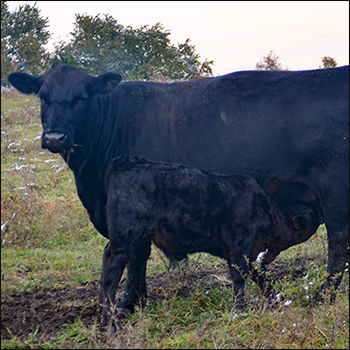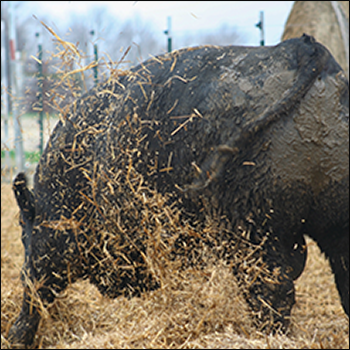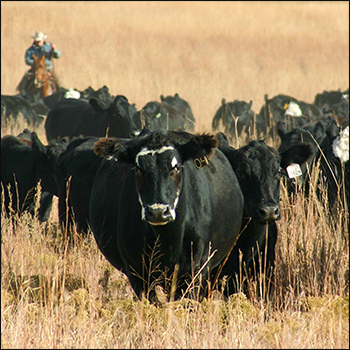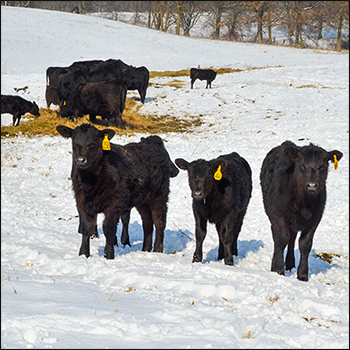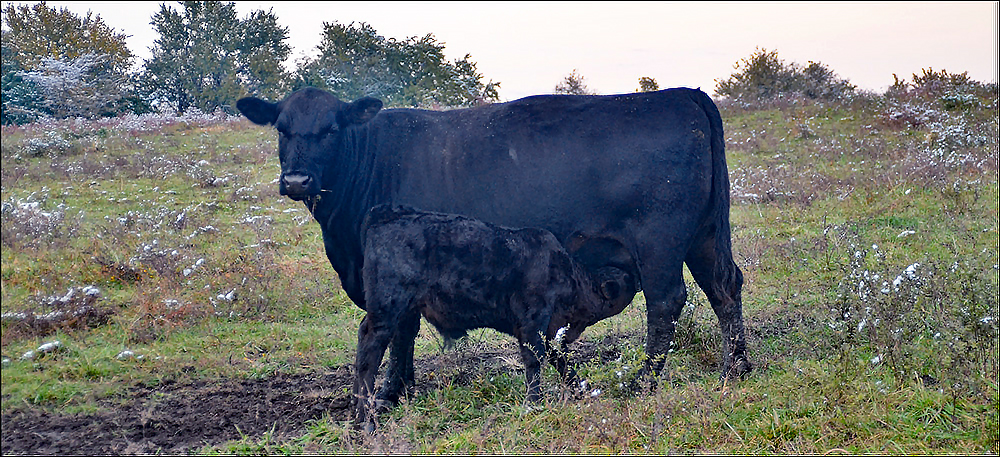
It Costs How Much?
This budget helps ranchers calculate their annual cow costs.
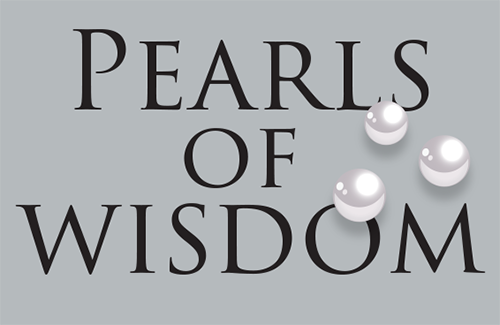
What does it cost to manage a cow on your operation? How do you calculate the costs? How do you value raised feed, labor and equipment, as well as replacement females grown on the ranch? These questions are frequently asked when the conversation of annual cow costs arises.
The one-page budget located at https://bit.ly/EXTRAccbudget estimates annual cow costs in Nebraska and the resulting total to produce a weaned calf under current conditions. It could be a useful tool in your area, as well.
This budget values all feed at market value, as well as labor, equipment, capital investment and the market value of replacement heifers at weaning. Frequently when all these costs are tallied, the total surprises many cow-calf producers. A response often heard is, “It costs how much? There is no way it can cost that much!”
Feed
In looking at this budget, feed is the first and largest cost. For many cow-calf operations, grazed and harvested feed make up 40%-70% of annual cow costs. In this budget, when all pasture and feed are valued at market price, including what is needed for replacement heifers and bulls, annual feed costs are pushing almost $700 per cow unit.
Labor and equipment
Labor and equipment costs continue to shoot up. When labor is valued at what it would cost to actually hire someone to do the work and depreciation and expenses related to equipment ownership and operations are calculated, it frequently makes up 15%-30% of the total annual cow costs.
Cow depreciation or replacement
Whether replacements are raised or purchased, the costs associated with getting a bred heifer into the herd are significant. When heifers are valued at market price at weaning and all costs from weaning to entering the herd as a bred female are calculated, this total frequently comes in as the third-largest cost in a cow-calf budget. In a typical herd, where open or old cows are sold and then replaced with bred heifers, the cost to do this often is 15%-30% of total annual cow costs.
Other costs
Breeding, veterinary, marketing and other costs often add up to 5%-15% of total cow costs. While not as large as other cost categories, they still need to be monitored and analyzed.
Editor’s note: Aaron Berger is a beef educator for Nebraska Extension. This article is reprinted with permission from UNL’s BeefWatch newsletter. Photo by Kasey Brown.

Angus Proud
In this Angus Proud series, Editorial Intern Jessica Wesson provides insights into how producers across the country use Angus genetics in their respective environments.
 Angus Proud: Scott Sproul
Angus Proud: Scott Sproul
Oklahoma operation learned wisdom of moving calving season to better suit their marketing needs.
 Angus Proud: Bubba Crosby
Angus Proud: Bubba Crosby
Fall-calving Georgia herd uses quality and co-ops to market calves.
 Angus Proud: Jim Moore
Angus Proud: Jim Moore
Arkansas operation retains ownership through feeding and values carcass data.
 Angus Proud: Les Shaw
Angus Proud: Les Shaw
South Dakota operation manages winter with preparation and bull selection.
 Angus Proud: Jeremy Stevens
Angus Proud: Jeremy Stevens
Nebraska operation is self-sufficient for feedstuffs despite sandy soil.
